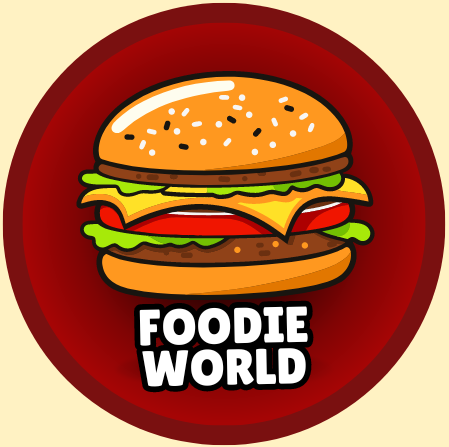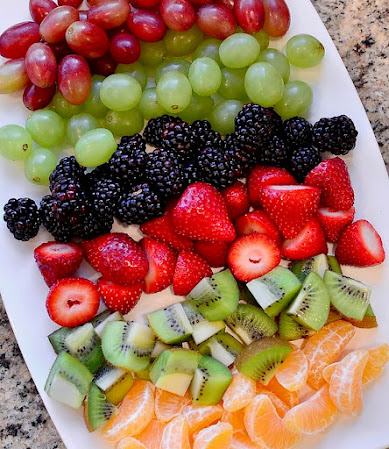Ice cream has a fascinating history. It’s believed that the origins of ice cream can be traced back to ancient civilizations like the Chinese, who enjoyed a frozen concoction made from snow, fruit juices, and honey. Later, during the Roman Empire, Emperor Nero is said to have sent runners into the mountains to collect snow for making flavored ices.
Vanilla:
Vanilla bean or vanilla extract is used to make vanilla ice cream, which is traditional and ageless. It makes the ideal foundation for desserts or toppings.
Chocolate:
Chocolate ice cream is rich, creamy, and a decadent treat that is made with melted chocolate or cocoa powder.
Strawberry:
This delicious treat has chunks of real strawberries or strawberry flavoring blended into smooth ice cream for a sweet and reviving flavor.
Neapolitan:
Three traditional flavors—strawberry, chocolate, and vanilla—are layered side by side in a single container to create a unique taste with each scoop of neapolitan ice cream.
Mint Chocolate Chip:
Chocolate shavings or chips stud this cool, mint-flavored ice cream for the ideal harmony of richness and coolness.
Cookies and Cream:
This well-liked flavor creates a creamy yet crunchy treat by mixing chunks of chocolate cookie with vanilla ice cream.
Rocky Road:
Rocky road ice cream is loaded with chocolate chunks, marshmallows, and nuts (typically almonds) that provide a delicious blend of flavors and textures.
Butter Pecan:
This flavor is rich, nutty, and slightly sweet, making it ideal for individuals who prefer a more sophisticated taste. It pairs well with buttery ice cream and toasted pecans.
These are just a few examples, but there are countless other flavors and variations available, including gelato, sherbet, frozen yogurt, and more. Whether you prefer classic flavors or adventurous combinations, there’s an ice cream out there for everyone to enjoy!
Gelato:
The Italian equivalent of ice cream, gelato, is renowned for its rich, flavorful, and dense texture. With less air and fat than regular ice cream, gelato has a smoother consistency and a richer flavor. Usually, milk, sugar, and flavorings like chocolate, nuts, or fruit are used to make it. Gelato’s creamy texture is enhanced when it is served a little warmer than ice cream.
Soft Serve:
Gently serve Ice cream is a frozen dessert that is automatically dispensed from a machine instead of being scooped out of a container. Because of the increased air content and decreased milk fat percentage, it has a smoother and lighter texture than traditional ice cream. Soft serve is frequently presented in cones or cups, and it tastes good both plain and with a variety of toppings, such as fruit, chocolate sauce, or sprinkles.
Ice Cream Sandwiches:
Ice cream sandwiches consist of a layer of ice cream sandwiched between two cookies, biscuits, or slices of cake. They offer a convenient and portable way to enjoy ice cream without the need for utensils. The cookies or cake slices can vary in flavor and texture, providing endless possibilities for customization.
Ice Cream Floats
The availability of vegan and dairy-free ice cream options made with substitute ingredients like coconut milk, almond milk, or soy milk has increased along with dietary preferences and restrictions. These choices are suitable for those who are vegan, lactose intolerant, or just seeking for healthier substitutes for regular ice cream.
Ice cream is more than just a dessert; it’s a beloved and adaptable treat that can be had in a million different ways, from straightforward scoops to intricate sundaes and more. It is a timeless treat that appeals to people of all ages, cultures, and dietary preferences.
Packaging systems for ice cream can vary depending on factors such as serving size, distribution channels, and environmental considerations. Here are some different packaging systems commonly used for ice cream:
- Italy: Gelato is Italy’s contribution to the world of frozen desserts. Gelato shops, known as “gelaterias,” can be found throughout the country. Gelato is typically served in small, flat-bottomed cones or cups, and the flavors range from classic favorites like stracciatella and pistachio to more adventurous options like tiramisu and zabaglione.
- United States: In the United States, ice cream is commonly sold in various settings, including ice cream parlors, food trucks, and convenience stores. Ice cream trucks, equipped with freezers and serving windows, roam neighborhoods in the summertime, offering frozen treats to children and families.
- Japan: Japan is known for its unique and innovative approach to desserts, and ice cream is no exception. Japanese ice cream parlors often feature soft serve ice cream in unusual flavors like matcha green tea, black sesame, and sweet potato. Ice cream is also commonly served in crepes or fish-shaped waffle cones called “taiyaki.”
- Thailand: In Thailand, street vendors sell a popular frozen dessert known as “Thai-style rolled ice cream” or “stir-fried ice cream.” This unique treat is made by pouring a liquid ice cream base onto a cold plate, mixing in various ingredients like fruit or candy, and then rolling the mixture into thin, delicate scrolls before serving.
- Turkey: Traditional Turkish ice cream, known as “dondurma,” has a uniquely stretchy and chewy texture due to the addition of ingredients like salep (a flour made from wild orchid tubers) and mastic resin. Ice cream vendors in Turkey often perform entertaining tricks and stunts while serving customers, such as flipping and tossing the ice cream cones.
- Mexico: In Mexico, street vendors known as “paleteros” sell paletas, which are popsicles made from fresh fruit, cream, or agua fresca (flavored water). These colorful frozen treats are often displayed in large coolers filled with ice, and customers can choose from a variety of flavors, including mango, tamarind, and coconut.
These are just a few examples of how ice cream is sold and enjoyed in different countries around the world. Each culture brings its own traditions, flavors, and presentation styles to this beloved frozen dessert.





